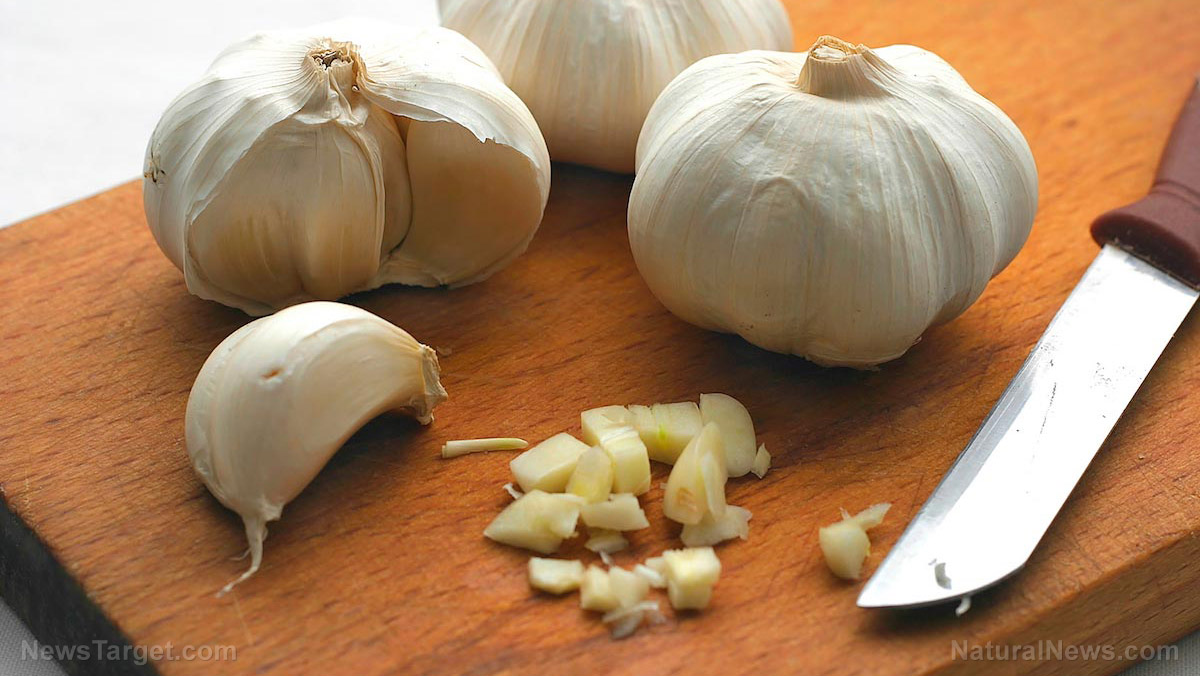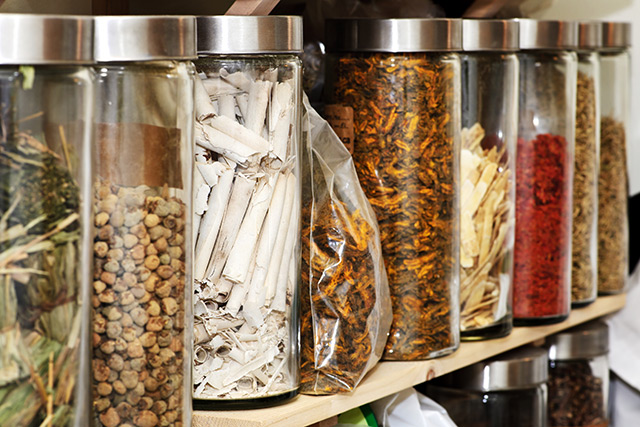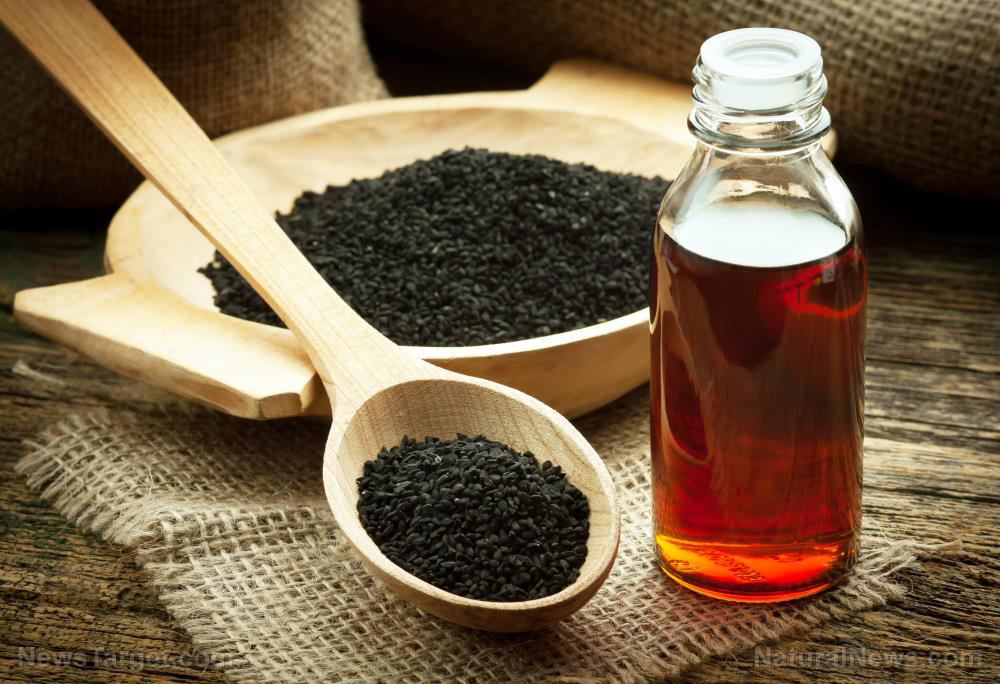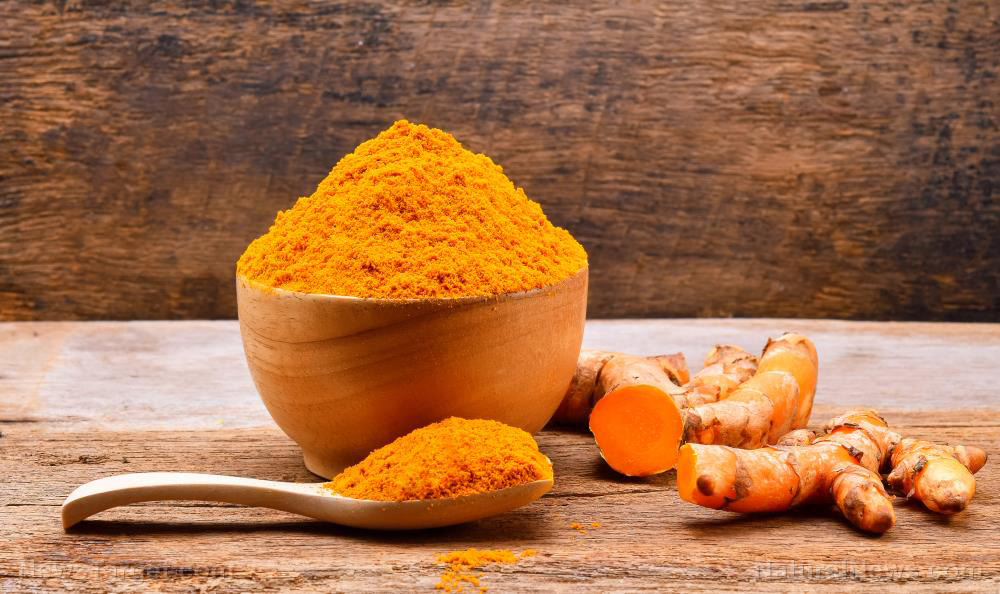7 Natural painkillers that are better than ibuprofen
06/30/2018 / By Rhonda Johansson

One of the most famous lines from cult-classic, The Princess Bride, says, “life is pain. Anyone who tells you otherwise is selling something.” Drug companies are a perfect example of this – but their tactics focus more on emphasizing that toxic chemicals and synthetic remedies are the only way to relieve discomfort. After all, what’s easier than popping a pill that instantly makes you feel better?
Yet a consequence of such a careless approach to health is an uninformed decision-making process when it comes to your overall well-being. Studies have proven that over-the-counter painkillers actually do more harm than good, with long-term consequences including an increased risk of heart attack and decreased fertility.
The strange thing about all of this is that painkillers are actually imitations of natural substances.
The good news, though, is that we have compiled a list of natural ways to relieve pain that do not carry any harmful side effects. (h/t to BioPrepper.com)
- White willow bark – This is the main ingredient of aspirin. White willow bark contains salicin that is converted to salicylic acid as it enters the stomach. This is a powerful substance that has been studied to lessen inflammation, remedy gastric upset, and treat various forms of pain. White willow bark may also be used to reduce a fever, ease painful menstruation, and eliminate migraines. Take note though that white willow bark should not be taken by those with blood or kidney disorders, as the herb can exacerbate these conditions.
- Capsaicin – Capsaicin blocks the production of “substance P” that transmits pain signals to the brain. This is naturally abundant in peppers. There is also evidence that suggests its effectiveness in reducing pain caused by arthritis.
- Cat’s claw – South American traditional healers prescribe this herb to treat pain. Botanical analyses of cat’s claw have observed the plant’s ability to inhibit the production of prostaglandin, a hormone that contributes to inflammation and pain.
- Boswellia – This is rich in various acids that improve blood flow to the joints while reducing inflammation. Boswellia is also typically recommended for patients suffering from knee osteoarthritis. Some researchers hypothesize that the anti-inflammatory and analgesic properties of the plant can likewise be used to treat symptoms of ulcerative colitis and Chron’s disease.
- Curcumin – The active component in turmeric, curcumin is a potent painkiller. Its mechanisms are similar to that of capsaicin.
- Omega-3 fatty acids – These are hailed as one of best anti-inflammatory medicines out there. People can use the substance to ease chronic pain and other inflammatory conditions.
- Cannabis – Last, but definitely not the least, cannabis is arguably the most effective natural painkiller. Dozens of studies have concluded the efficacy of cannabis in treating both chronic and acute types of pain. (Related: Medical marijuana legalization reduces painkiller overdose deaths.)
One more way to relieve pain
A discussion on natural alternatives to pain relief will not be complete without talking about acupuncture. This ancient art is slowly gaining popularity, even among conventional medical practitioners, because science proves its usefulness in treating various types of pain.
Traditional Chinese acupuncture involves inserting fine needles into different “acupoints.” These stimulate various areas of the body to release endorphins, the body’s natural pain-killing chemicals.
A typical acupuncture course includes six to 12 sessions performed over a three-month period.
To learn more natural ways to relieve pain, visit Healing.news.
Sources include:
Tagged Under: alternative medicine, Boswellia, cannabis, capsaicin, Cat's Claw, curcumin, herbal medicine, Herbs, medicinal plants, natural healing, natural medicine, natural remedies, Natural Treatments, omega-3 fatty acids, pain relief, pain relievers, painkillers, plant cures, remedies, White Willow Bark



















